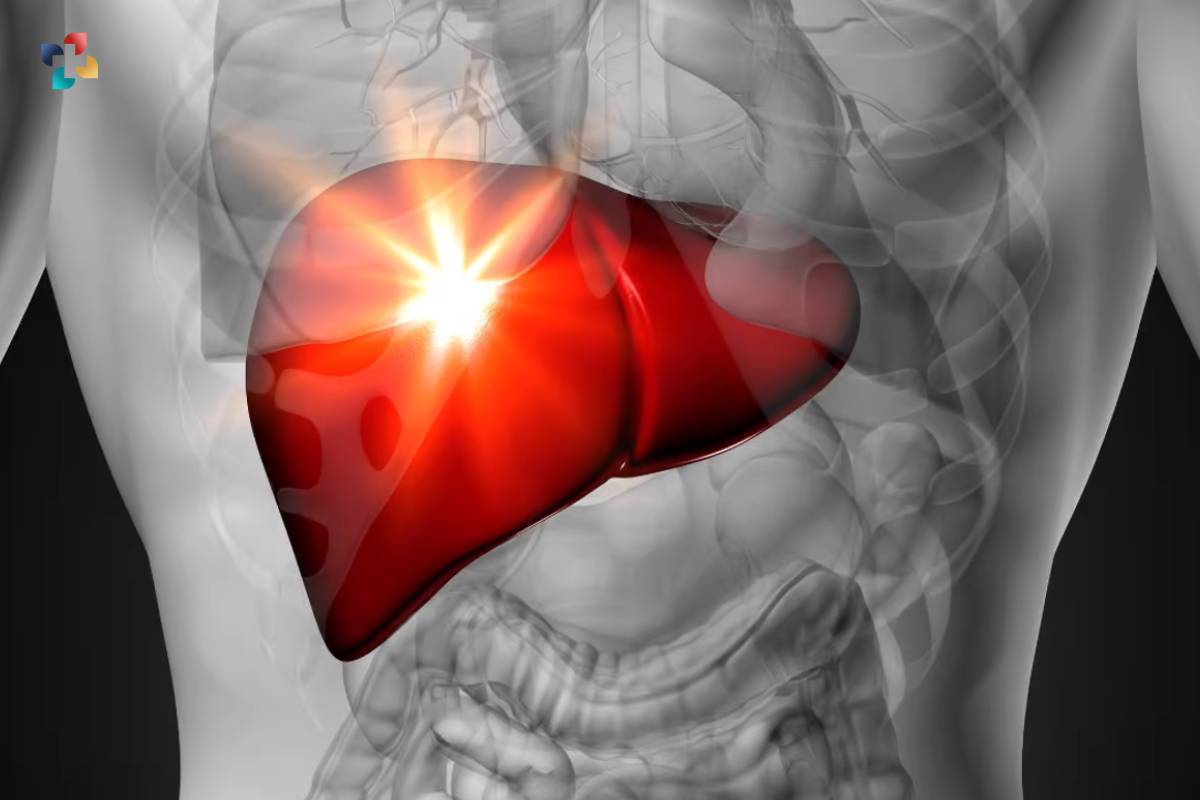Source-depositphotos.com
Discovery of Liver Repair Cell
In a groundbreaking discovery, a team of scientists, led by Professor Rajiv Jalan from UCL Liver & Digestive Health, has identified a previously unknown type of cell responsible for repairing damaged liver tissue. Published in the prestigious journal Nature, their study sheds light on the mechanisms underlying liver regeneration and offers promising avenues for the development of novel therapies.
Uncovering the Mechanisms of Liver Regeneration
Through meticulous analysis of human liver tissue from patients with acute liver failure, researchers from the University of Edinburgh observed a significant proportion of cells retaining the ability to multiply, indicating ongoing regeneration. Employing advanced single-cell RNA sequencing techniques, they delved into the genetic profiles of liver cells, uncovering a distinct population of wound-healing liver cells crucial for recovery during regeneration.
Clinical Implications and Future Directions
Collaborating with scientists from the University of Glasgow and the Royal Free Hospital, the research team validated their findings in clinical settings, confirming the presence of the newly identified liver repair mechanism in patients with severe acute indeterminate hepatitis. Notably, the study revealed that the emergence of healing liver cells precedes cell proliferation, suggesting a prioritization of wound healing over tissue expansion during liver regeneration.
Professor Neil Henderson, principal investigator of the study, emphasized the potential of these findings in accelerating the development of much-needed treatments for liver diseases. The discovery not only enhances our understanding of liver regeneration but also opens doors to targeted interventions that harness the liver’s innate ability to heal itself.
With widespread implications for liver disease management, this collaborative effort underscores the significance of interdisciplinary research in uncovering fundamental biological processes and translating them into clinical applications. As the scientific community continues to unravel the complexities of liver regeneration, the quest for innovative therapies aimed at restoring liver function and improving patient outcomes remains a top priority.
Supported by funding from Wellcome, this pioneering research paves the way for transformative advancements in liver disease treatment, offering hope to millions of patients worldwide.







